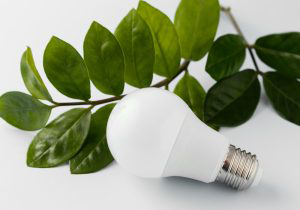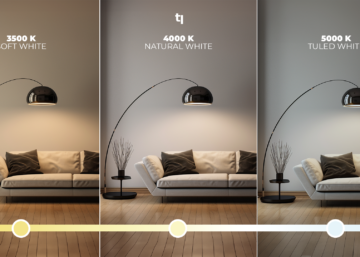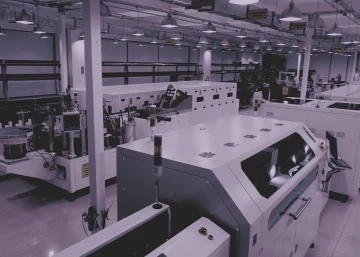Today, the lighting design of our spaces is an important factor that greatly influences our quality of life and mood. Our lighting choices affect everything from our work efficiency to the quality of our sleep. Therefore, understanding the impact of light temperature by space will help us optimise our living spaces.
What is Light Temperature?
Light temperature is a unit of measurement that expresses the color tone of light. It is measured in Kelvind (K) and has different shades such as warm white and cold white. As the value of the light temperature decreases, the light becomes a warmer and more comfortable tone. As it rises, the light gets a colder and more energetic tone.
Light Temperature Selection According to Space
a) Living Rooms and Bedrooms: Since these areas are used for rest and relaxation, warm white light is preferred. Light sources with values between 2700K – 3000K are ideal for these spaces.
b) Kitchen and Work Areas: These areas are places that require high concentration and activity. Therefore, cold white lights with values between 4000K – 4500K are preferred.
c) Bathroom: In the bathroom area, neutral white lights with values between 3000K – 3500K are generally used. This light temperature has both a relaxing and energising effect.
d) Office and Workplaces: In workplaces where productivity and concentration are important, cool white lights with values between 5000K – 6000K are preferred. This light temperature increases energy levels and allows employees to focus.
Psychological Effects of Light Temperature
Light temperature affects the atmosphere of the space and the psychology of the users. While warm white lights evoke a feeling of relaxation and peace, cold white lights have an energising and stimulating effect. For this reason, suitable for the intended use of the space.
The choice of light temperature can directly affect our quality of life and health.
Energy Efficiency and Environment
The relationship between light temperature and energy efficiency is also important in terms of energy saving and environmental impact. Generally, cool white LEDs are more energy efficient than warm white ones. However, to increase the energy efficiency of our spaces, we should prefer light sources with high energy class.
Light Temperature and Sleep Quality
Light temperature can have an effect on the hormone melatonin, which regulates our sleep quality and sleep. Using warm white light at night promotes melatonin secretion, making it easier to fall asleep. Conversely, using cool white light raises energy levels before going to sleep and can make it difficult to fall asleep.
Understanding the effect of light temperature according to the space and making the right lighting choices can significantly increase the comfort, efficiency and health of our living spaces. We can improve our quality of life by considering factors such as light temperature selection suitable for the intended use of the space, energy efficiency and sleep quality. Therefore, lighting design is an important part of our spaces and lifestyle.








